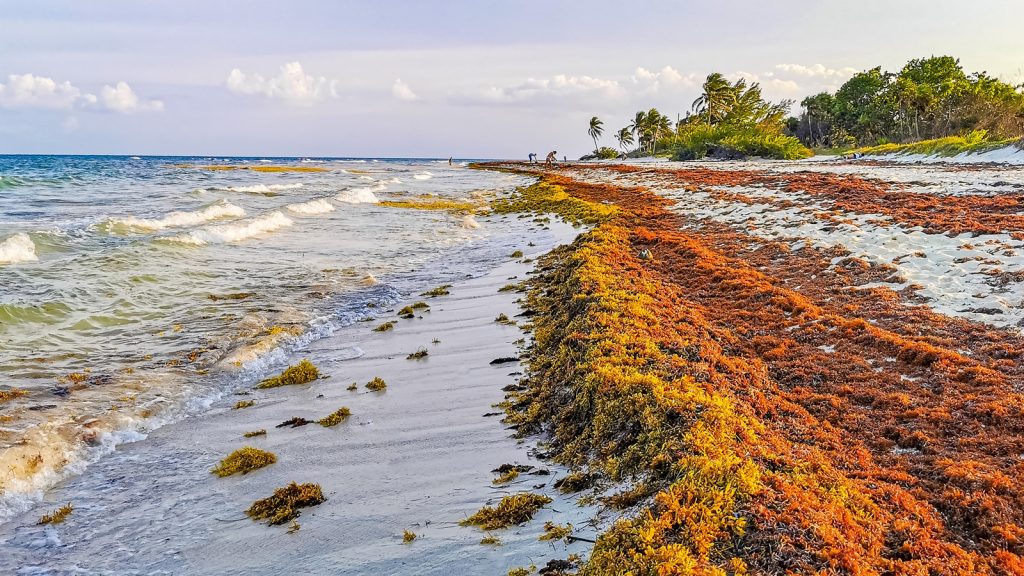When Will the Seaweed Hit Florida in 2024?

The warm waters and picturesque beaches of Florida, especially the Florida Keys, attract visitors from around the world. However, these idyllic landscapes are occasionally marred by large masses of sargassum seaweed, which can accumulate on the shoreline and impact beachgoers’ experiences. As we approach 2024, the concern about when sargassum seaweed will hit Florida and the Florida Keys intensifies.
Understanding Sargassum Seaweed
Sargassum is a type of brown seaweed that floats in large masses on the ocean’s surface. Originating in the Sargasso Sea, these floating islands of seaweed are an essential part of the marine ecosystem, providing habitat and food for marine life. However, when sargassum travels across the Atlantic and reaches the Gulf of Mexico and the Caribbean, it can create challenges for coastal areas.
Sargassum in the Florida Keys
The Florida Keys, renowned for their vibrant coral reefs and crystal-clear waters, are especially vulnerable to sargassum accumulation due to their location and the ocean currents that bring the seaweed closer to shore. In recent years, the Keys have experienced periodic surges of sargassum, prompting concerns among residents, business owners, and tourists alike.
The Sargassum Blob
In 2024, researchers anticipate a substantial sargassum seaweed blob, colloquially known as the “Great Atlantic Sargassum Belt,” will continue its journey across the Atlantic towards Florida. The blob’s movements are influenced by several factors, including ocean currents, winds, and temperature.

Predictions for Sargassum in 2024
While it is difficult to predict the exact timing of sargassum’s arrival in Florida in 2024, researchers and oceanographers use satellite imagery and historical data to provide estimates. Based on these data sources, significant sargassum influxes could occur during the warmer months, such as spring and summer, when the currents are more likely to bring the seaweed toward the Gulf of Mexico and the Florida Keys.
Impact on the Environment and Tourism
The presence of sargassum can pose challenges for local ecosystems and human activities. On the one hand, it can disrupt the natural balance of the shoreline, impact marine life, and contribute to unpleasant odors as it decomposes. On the other hand, its accumulation can negatively affect tourism, a major industry in Florida, by discouraging beachgoers and reducing water quality.
Managing Sargassum in the Florida Keys
Communities and local authorities in the Florida Keys have been working to manage sargassum and mitigate its effects. This includes regular monitoring, removal efforts, and community engagement to address the influxes of seaweed. Additionally, scientists are exploring potential uses for the collected sargassum, such as converting it into biofuel or agricultural fertilizer.

As Florida and the Florida Keys brace for the potential arrival of the sargassum seaweed blob in 2024, proactive management and innovative approaches will be essential to minimize the impact on local ecosystems, tourism, and the economy. While the natural phenomenon of sargassum is a recurring challenge, it also presents an opportunity for creative solutions and sustainable practices that benefit both the environment and the communities along Florida’s coast.